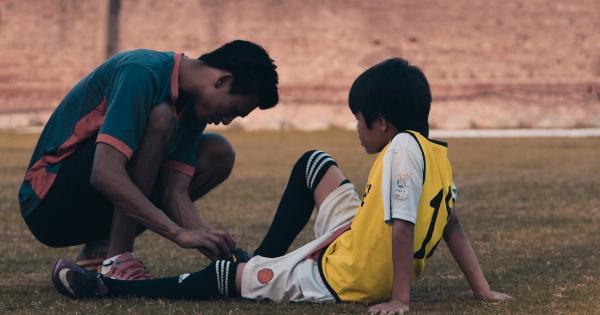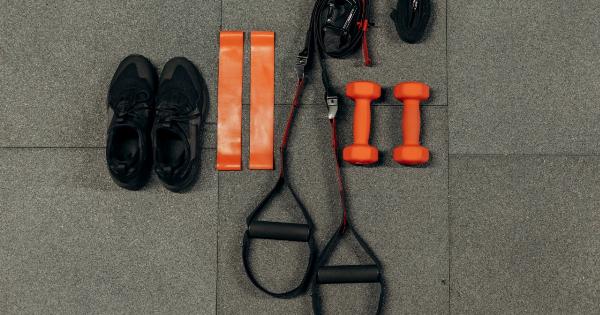Strong bones are crucial for the overall health and well-being of children. Bones provide support, protect vital organs, and allow for movement.
It is important for children to engage in regular physical activities that promote the development of strong bones to ensure a healthy future. In this article, we will explore the best types of exercises that can help enhance bone strength in children.
1. Weight-bearing Exercises
Weight-bearing exercises are activities that require the body to work against gravity. These exercises help to improve bone density and promote bone development. Examples of weight-bearing exercises suitable for children include:.
- Running or jogging
- Jumping rope
- Playing basketball
- Hopping and skipping
- Dancing
2. Strength Training
Strength training exercises involve using resistance to build muscle strength and promote bone growth. While children should avoid heavy weights, there are several safe and effective strength training exercises they can engage in, including:.
- Push-ups
- Squats
- Lunges
- Planks
- Resistance band exercises
3. Jumping Activities
Jumping activities are not only fun but also beneficial for bone health in children. These activities help stimulate bone cells and promote bone strength. Some examples of jumping activities suitable for children include:.
- Jumping jacks
- Trampoline jumping
- Jumping on mini trampolines
- Hopscotch
- Jumping over small obstacles
4. Sports
Engaging in sports offers a wide range of benefits for children, including the development of strong bones. Sports that involve running, jumping, and quick movements are particularly beneficial for bone health.
Some sports that promote strong bones in children include:.
- Soccer
- Tennis
- Gymnastics
- Basketball
- Volleyball
5. Outdoor Play
Encouraging children to spend time outdoors and engage in active play is an excellent way to promote strong bones.
Outdoor activities offer a combination of weight-bearing and jumping exercises, as well as exposure to natural sunlight, which is an important source of vitamin D. Some outdoor play activities that can benefit bone health include:.
- Swinging on monkey bars
- Running or walking on uneven surfaces
- Biking
- Hiking
- Rollerblading
6. Yoga
Yoga is a low-impact exercise that helps improve flexibility, balance, and strength. Certain yoga poses can also be beneficial for bone health.
Children can easily participate in yoga classes designed specifically for their age group to promote healthy bones.
7. Skipping
Skipping is a simple yet effective exercise that helps improve bone density and coordination in children. Skipping rope engages various muscles and bones throughout the body, making it an excellent exercise for promoting strong bones.
8. Balance Exercises
Balance exercises help improve stability and posture, which indirectly contribute to bone health. They also help develop strong core muscles, which are crucial for maintaining overall bodily strength. Some balance exercises suitable for children include:.
- Standing on one leg
- Walking a balance beam
- Doing yoga tree pose
- Balancing on a wobble board
- Practicing Tai Chi
9. Stair Climbing
Stair climbing is a weight-bearing exercise that helps build strong bones in the lower body, particularly in the legs and hips. Encourage your child to take the stairs instead of an elevator or escalator whenever possible to promote bone health.
10. Aerobic Exercises
Aerobic exercises, such as swimming and cycling, may not directly promote bone health as they are not weight-bearing activities. However, they provide various benefits for overall health, cardiovascular fitness, and muscular development.
It is essential to combine aerobic exercises with weight-bearing exercises for optimal bone health in children.
Conclusion
Incorporating a variety of exercises into a child’s routine is essential for promoting strong bones.
Weight-bearing exercises, strength training, jumping activities, sports, outdoor play, yoga, skipping, balance exercises, stair climbing, and aerobic exercises all play a crucial role in enhancing bone development and density. Encourage your child to engage in these activities regularly to ensure healthy bone growth and reduce the risk of bone-related problems in the future.






























